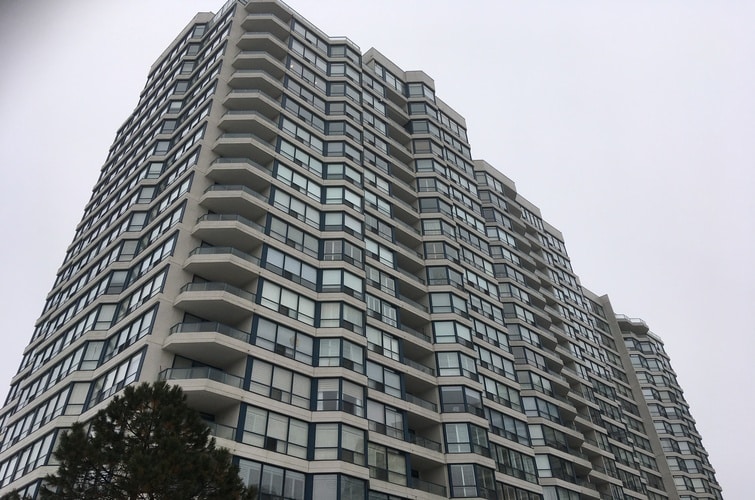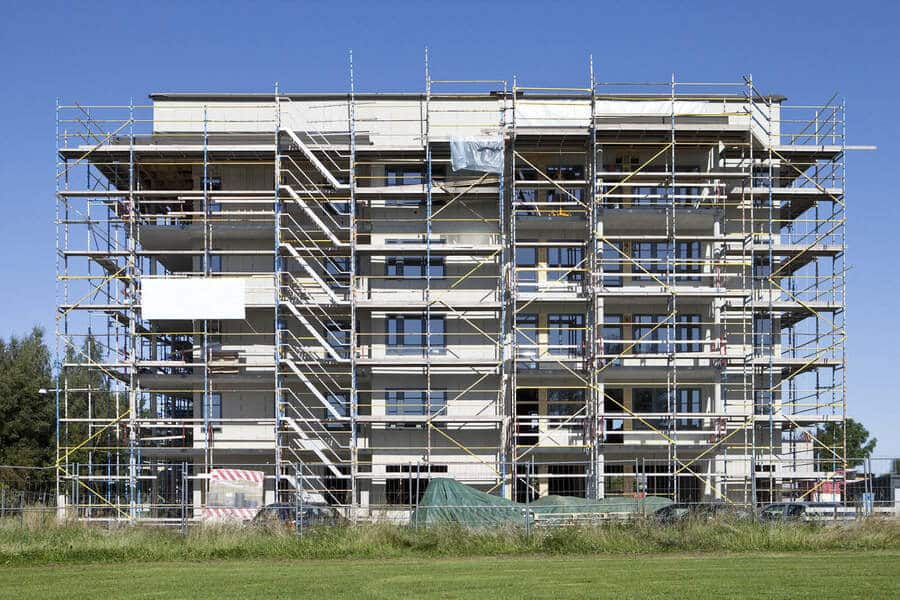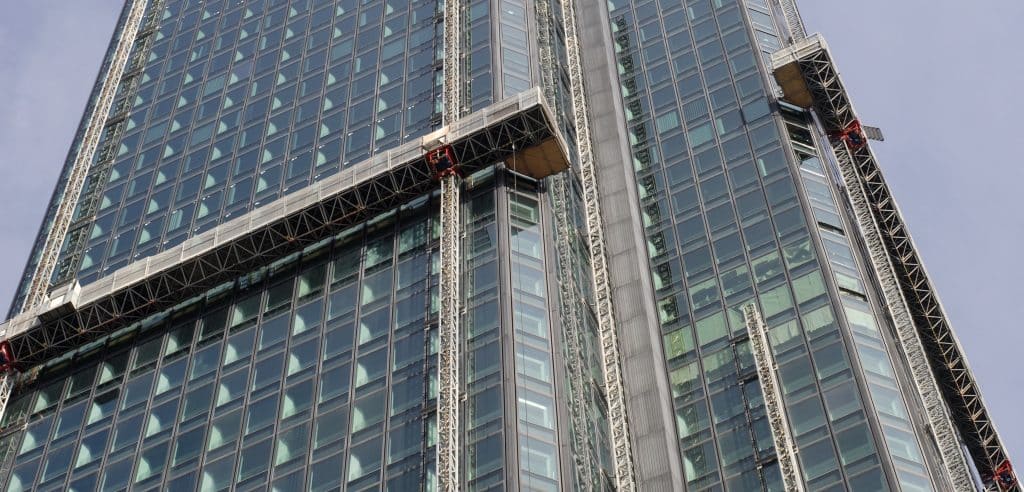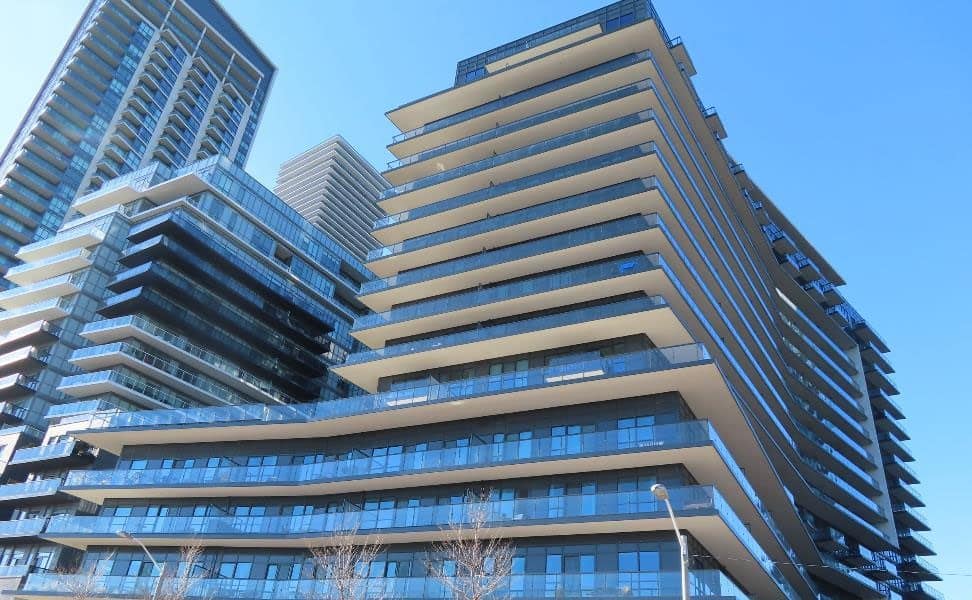500 Hood Road, Suite 320Markham ONL3R 9Z3

The border between a building's climate-controlled interior and the outside is known as the building envelope, sometimes known as the building shell, fabric, or enclosure. How much energy is needed for heating and cooling depends heavily on how energy-efficient building envelope components - such as external walls, floors, roofs, ceilings, windows, and doors - perform.
It is important to consider how the building envelope affects energy use because, globally, space heating and cooling account for about one-third of all energy used in buildings. In cold climates, this number can reach 50%. Employing roof consulting services can help you design an energy-efficient roofing system.

The amount of incoming and exiting heat flow has a significant role in influencing the comfort level and cost of running energy-efficient buildings. A region of high temperature will naturally transfer heat to a region of lower temperature.
The heat flow through an assembly increases with temperature differential. In the winter, a heated structure will lose heat to its chilly exterior. Additionally, an air-conditioned building will absorb solar heat from its extremely warm exterior during the summer. Energy performance is all about finding a balance.
The energy efficiency between the interior and exterior of the walls and roof, and the composition of the insulating materials both affect how quickly heat transfer happens through these systems. Glass, concrete, and all metals are examples of materials that are excellent conductors of heat. Other substances with a high resistance to heat transfer are referred to as insulators, including fiberglass, mineral wool, and foam sheathing.
Heat energy can enter and leave a structure in three different ways: conduction, convection, and radiation. These kinds of heat transmission all take place simultaneously in a building and are crucial to maintaining the building's thermal equilibrium.

It's important to avoid thermal bridging while constructing energy-efficient building envelopes. Thermal resistance, thermal conductance, and thermal conductivity can all be used to rate the performance of an insulating material or the effectiveness of energy-efficient building envelopes. This is referred to as the "R-value".
When structural components transport solar heating and other thermal energy through the insulation, thermal bridging happens. The R-value of your insulation may decrease by 50% as a result of thermal bridging.
To prevent thermal bridging as much as possible, make sure there is a continuous region of stiff insulation on the cold side of the wall assembly and that the insulation isn't being considerably compressed. The resistance to heat flow of insulators and building envelopes is what makes them effective.
In addition to allowing heat to escape and cold to enter, leaky windows, walls, ducts, doors, louvres, and roofs can also cause condensation to collect in the building envelope, which can result in the formation of mold and premature deterioration of the building material. In order to keep the interior at a comfortable temperature, an adequate air barrier is required to aid in preventing air leakage.
Implementing heat recovery ventilation solutions can also protect building occupants' health while recovering 50% or more of the energy from exhausted air. The ventilation system of the building should be the only source of fresh outside air.
Phase change materials (PCM) are building materials that can collect heat gains during the day through their melting process and release the heat at night when solidifying. They do this by utilizing free cooling through natural ventilation and have tremendous potential to passively minimize energy consumption caused by heating or cooling systems.
Implementing PCM layers when designing a building envelope can help reduce energy consumption by recycling thermal energy. PCM products come in many forms and can be used in various ways when being implemented into a larger building system.

It is always important to make good use of new technologies. New ways to conserve thermal energy are being implemented constantly. A good example is the development of large-area fluidic windows that save enough energy to offset the carbon and heat energy consumed during their production.
Implementing new solutions as they are developed is a great way to take advantage of technological progress and reduce total energy consumption. Oftentimes, energy savings can be greatly increased over the lifetime of a building.
1. How does the building envelope impact energy consumption? The building envelope's components, like walls, roofs, windows, and doors, determine the heat flow between the interior and exterior. Energy-efficient envelopes reduce heating and cooling energy consumption.
2. What is thermal bridging and how can it be avoided? Thermal bridging occurs when structural components transfer thermal energy through insulation, diminishing its effectiveness. Avoid it by using continuous insulation and avoiding compression.
3. What is the role of air tightness in energy efficiency? Air tightness prevents energy loss and moisture accumulation. Proper air barriers maintain indoor comfort and prevent moisture-related issues.
4. How can phase change materials (PCM) help with energy efficiency? PCM materials absorb heat during the day and release it at night, contributing to passive cooling. Implementing PCM layers in building envelopes can recycle thermal energy and reduce energy consumption.
5. Why is it important to adopt new energy-efficient technologies? New technologies continuously emerge to enhance energy efficiency. Implementing these innovations can significantly decrease energy consumption over a building's lifetime.
For any concerns about Building Envelope. Our expert team is based at 2800 14th Ave, Unit 13, Markham, ON L3R 0E4, proudly serving the Toronto area. To connect with us in Toronto, dial 416-939-0129. If you're in the Durham Region, reach out at 416-871-7453. Count on us for comprehensive building science solutions tailored to your needs.

Naji Hassan, a renowned professional in Building Science and Engineering, brings a wealth of knowledge and experience to his field. Educated at Beirut Arab University and Harvard Business School Online, Hassan has honed his expertise in structural and municipal engineering, building science, and business management. As the President of Accent Building Sciences and an experienced Senior Project Manager, he has made significant strides in building envelope engineering, building condition assessments, and energy retrofit programs. His commitment to innovation and excellence is evident in his approach to large-scale project management and his active participation in industry organizations. Hassan is not only a leader in his field but also a prolific writer and thought leader. He regularly shares his insights and experiences through articles on LinkedIn, which can be found at LinkedIn Articles. Additionally, he maintains a blog where he delves deeper into various aspects of building science, accessible at Accent Building Sciences Blog. Outside of his professional pursuits, Hassan enjoys travel, golf, languages, gardening, and music, reflecting his diverse interests and well-rounded character. Naji Hassan's journey in building science and engineering is not just a career but a testament to his lifelong dedication to learning, teaching, and inspiring others in his field.

500 Hood Road, Suite 320Markham ONL3R 9Z3